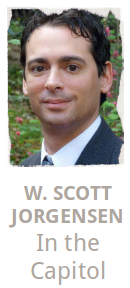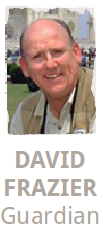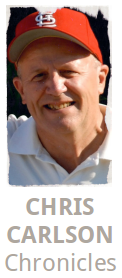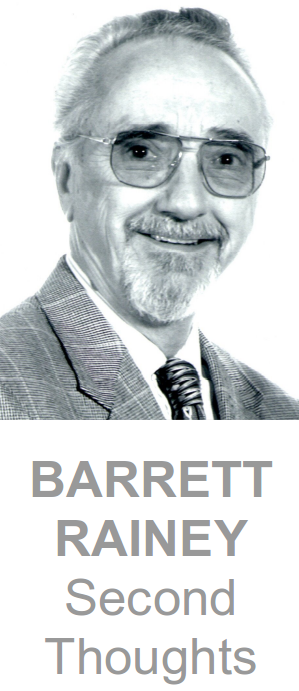
We’re now 30 days into a new year, 2016, and it’s going to be an important one. It’s an election year, and a presidential election year at that. The entire direction of this country for the next four to eight years is going to be decided in a matter of months.
All across Oregon and the United States, mayors have given their State of the City addresses. Commissioners have given their State of the County addresses. Governors have given their State of the State addresses. President Obama has already given his final State of the Union Address.
These addresses share one thing in common — they’re being delivered by politicians. Their job security depends on the public perceiving everything as being good and moving in the right direction.
Because of that, they’re not always an accurate representation of the true state of things.
This is why I’m taking a completely different approach. It’s time that we had a Citizens’ State of the State Address.
So what is the State of the State here in Oregon?
A friend asked me recently if I planned to use the phrase “falling apart at the seams.” It begs the question, Is Oregon falling apart at the seams? At the very least, it appears that we keep making national news for all the wrong reasons.
Last fall, I released my third book, On the Cusp of Chaos. A central theme was that Oregon, and particularly its rural parts, is on the cusp of chaos. That proved to be prophetic.
Within weeks of its release, there was that horrific shooting incident at Umpqua Community College in Roseburg. More recently, we had that whole unfortunate situation in Burns, which started when a bunch of people from out of state decided to try and take over a federal building.
The headlines from here within Oregon haven’t been great, either.
Multiple state agencies keep making news for all the wrong reasons. There’s DHS with its foster care scandal, the Department of Energy and its Business Energy Tax Credit problems, and the budgets of several agencies are in shambles. That includes DHS, the Oregon Health Authority and the Oregon Department of Transportation. Aside from that, judges who are in the state’s Public Employees Retirement System have overturned any efforts to reform it. The effects of that are going to be locally in a big way over the next few years. That means that every city, county and school district in Oregon is going to spend significant portions of its budgets on PERS contributions instead of providing services to citizens.
In fact, it would probably take much less time for me to list the agencies that are doing well. I can’t say that any come to mind immediately.
What else can I say about the State of the State? In my humble opinion, it’s mired in needless poverty.
Our state is consistently and persistently among those whose citizens have the highest percentage of food stamp usage. Oregon also consistently leads the nation in hunger.
How?
We are blessed with an abundance of natural resources, including a vibrant, diverse agricultural sector.
Oregon should be feeding the whole rest of the nation and the world. Instead, we lead the nation in hunger.
To me, this is evidence that the state is not living up to its true potential. This has even been cited as the second worst state in which to make a living, a distinction we probably don’t want to have.
So what is the State of the State? I would submit that its prosperity continues to be undermined by a combination of cronyism and corruption.
There was that whole crisis of confidence involving our executive branch, culminating in the resignation of former Governor John Kitzhaber almost a year ago amid federal investigations.
Efforts were made to pass comprehensive ethics reform legislation during the 2015 session. Many of those bills were blocked on party-line votes. Fortunately, some of those same bills are being reintroduced for consideration in the legislative session that starts on Monday.
So what is the State of the State? My reply is that it is nowhere near as good as it could be, or should be. But the good news is, we still have the chance to change it. The future depends largely on all of us.
We’re going to hear later on from candidates who are vying for this state’s highest office. It is obvious that there is no shortage of challenges facing whoever we choose to be our governor.
One year from now, that person will take the oath of office and give the official State of the State Address.
My hope is that we can all work together, with each other and with our elected officials, to address the issues I’ve brought up.
It all starts with a shared vision.
We need to picture the community we want and the state government we want. We need to picture the world we want to leave behind for subsequent generations.
Once we’re done doing that, we must do what we can to translate those visions into tangible actions that we can all take locally. And maybe next year’s official State of the State Address can provide a more accurate representation of what’s happening in Oregon, and we can all share in a brighter and more prosperous future.
Thank you.







